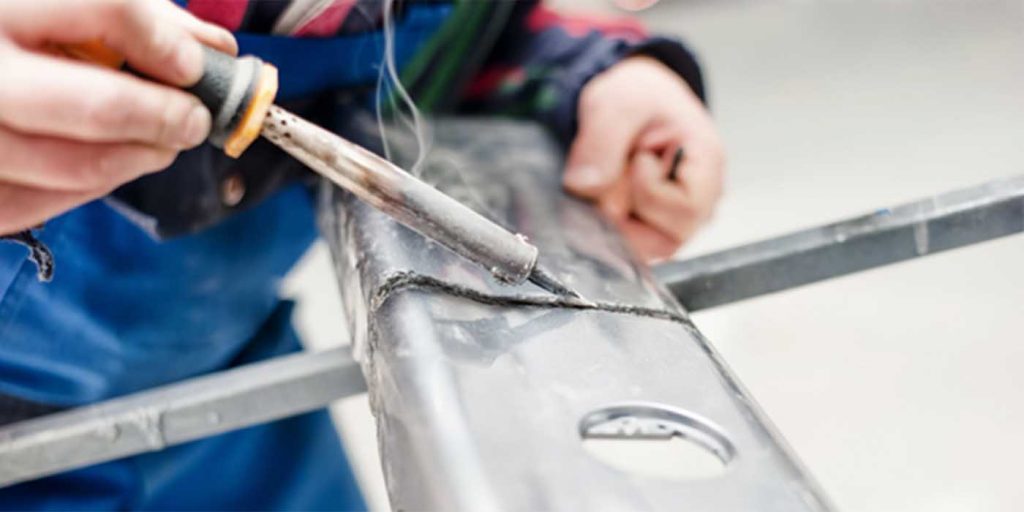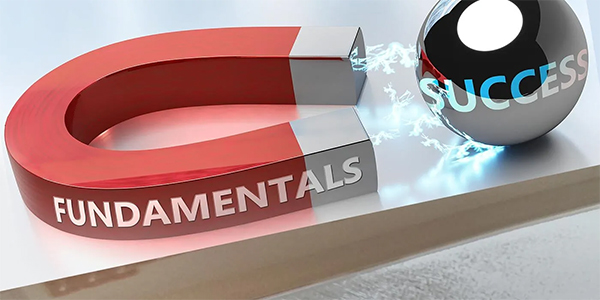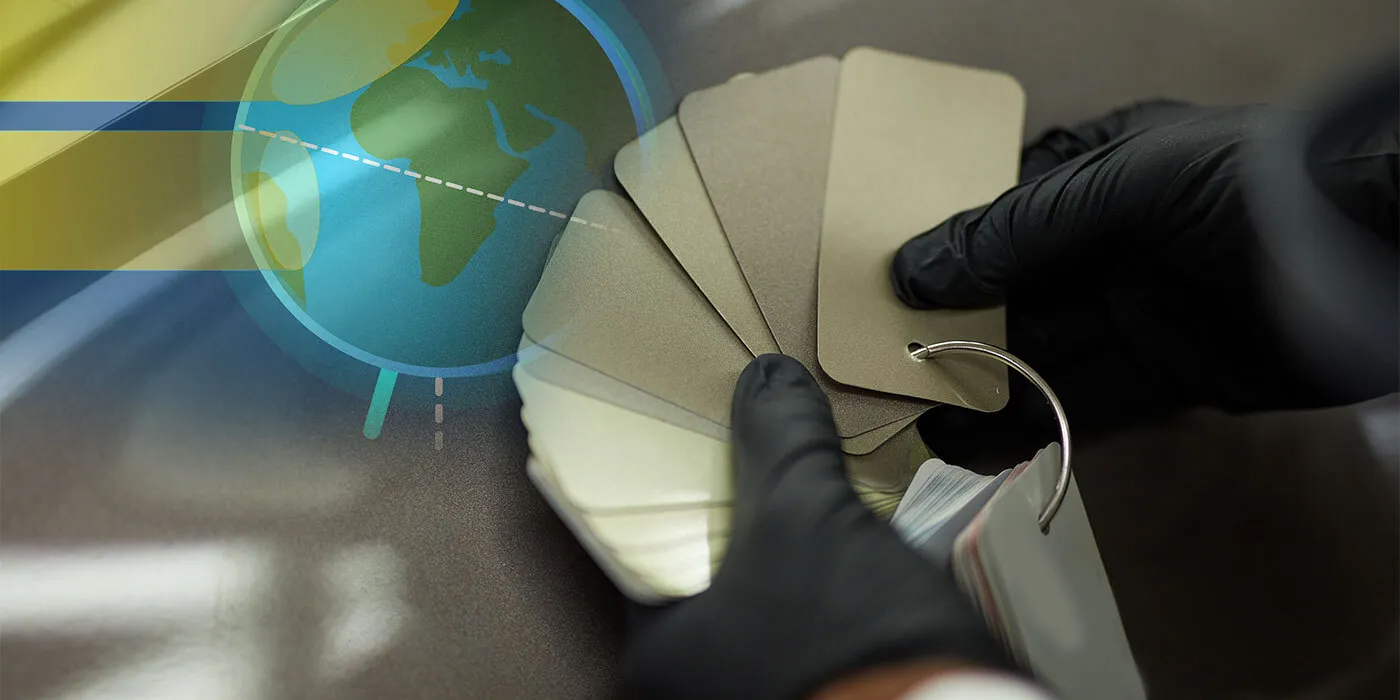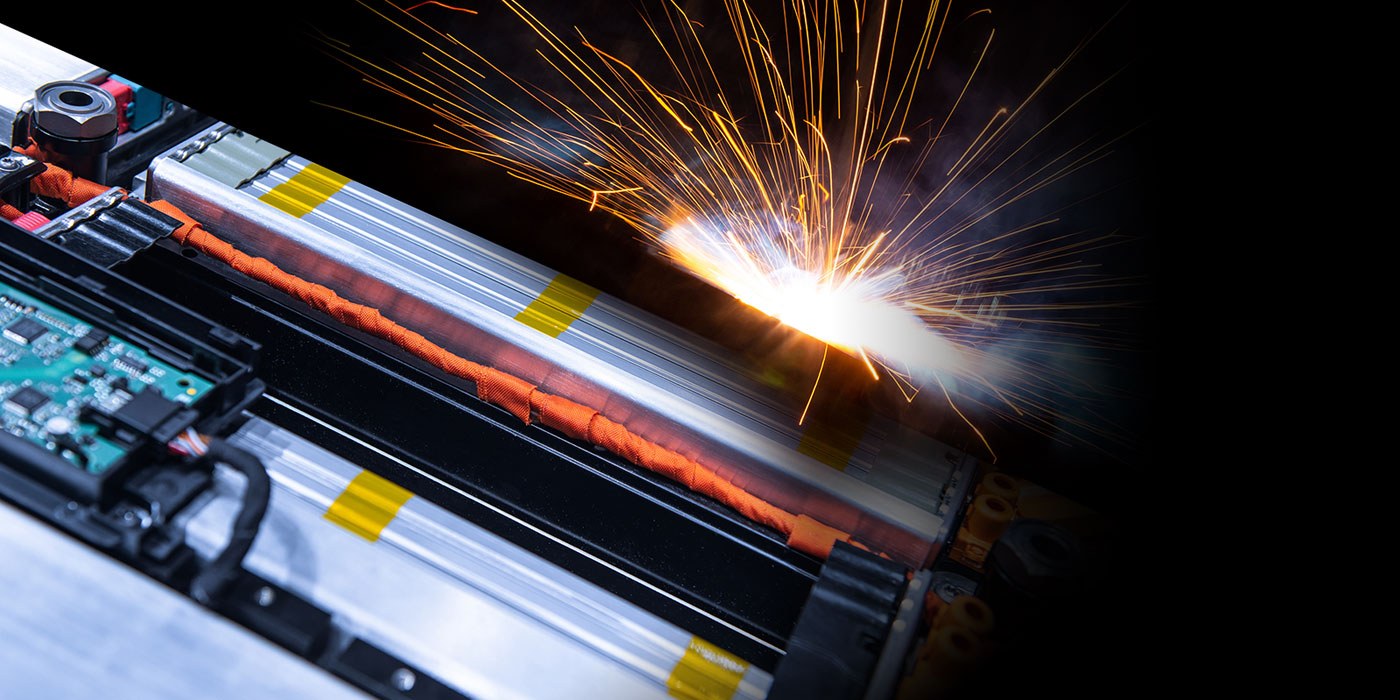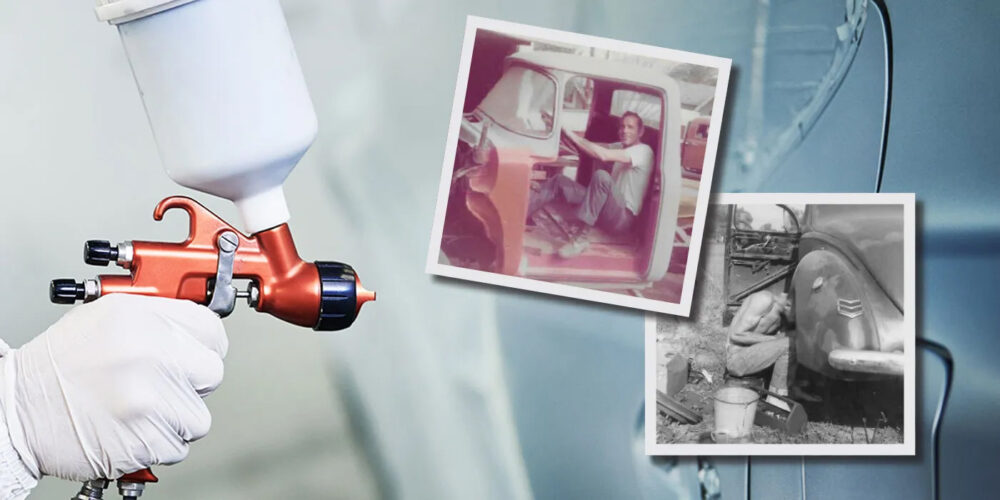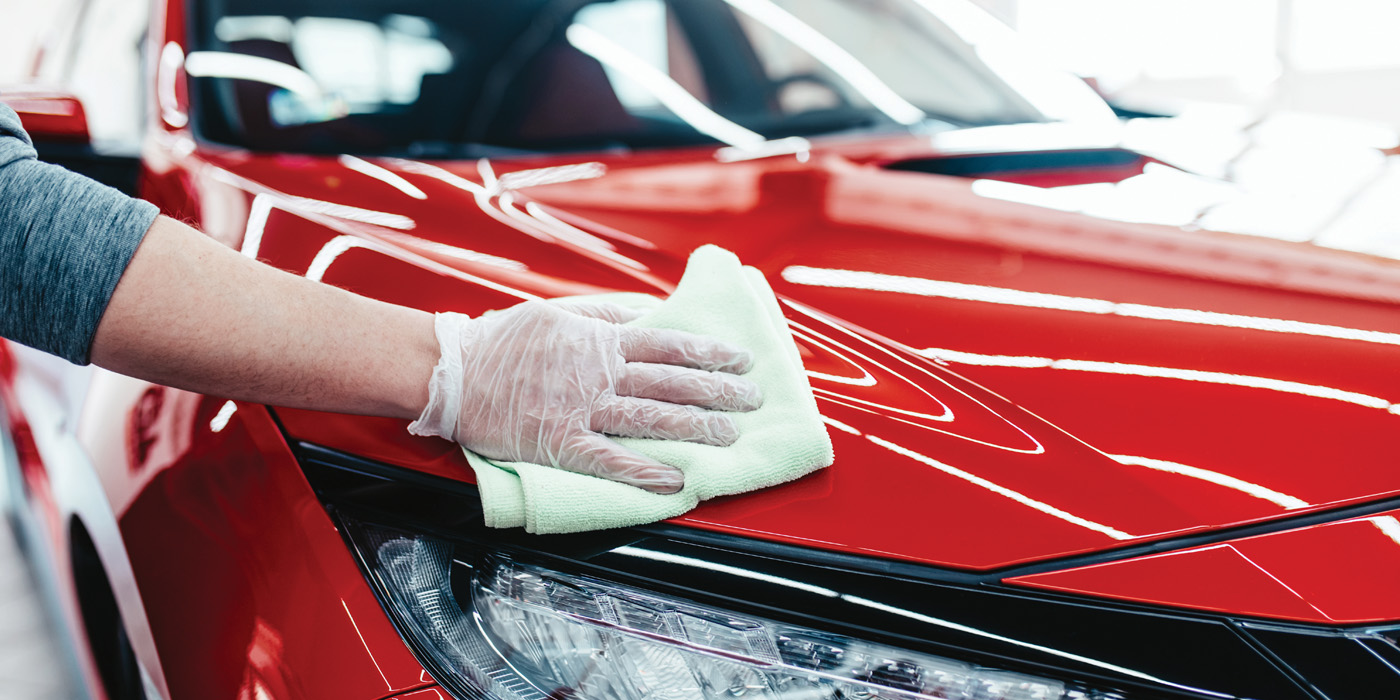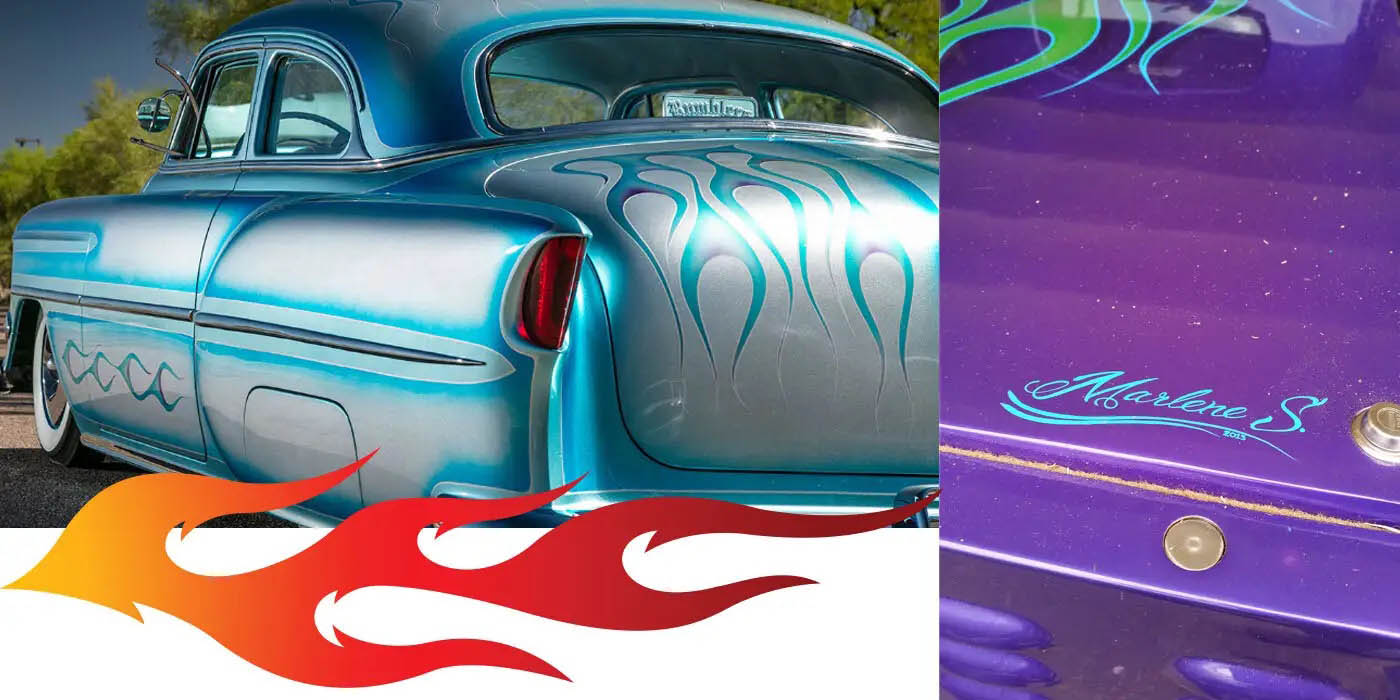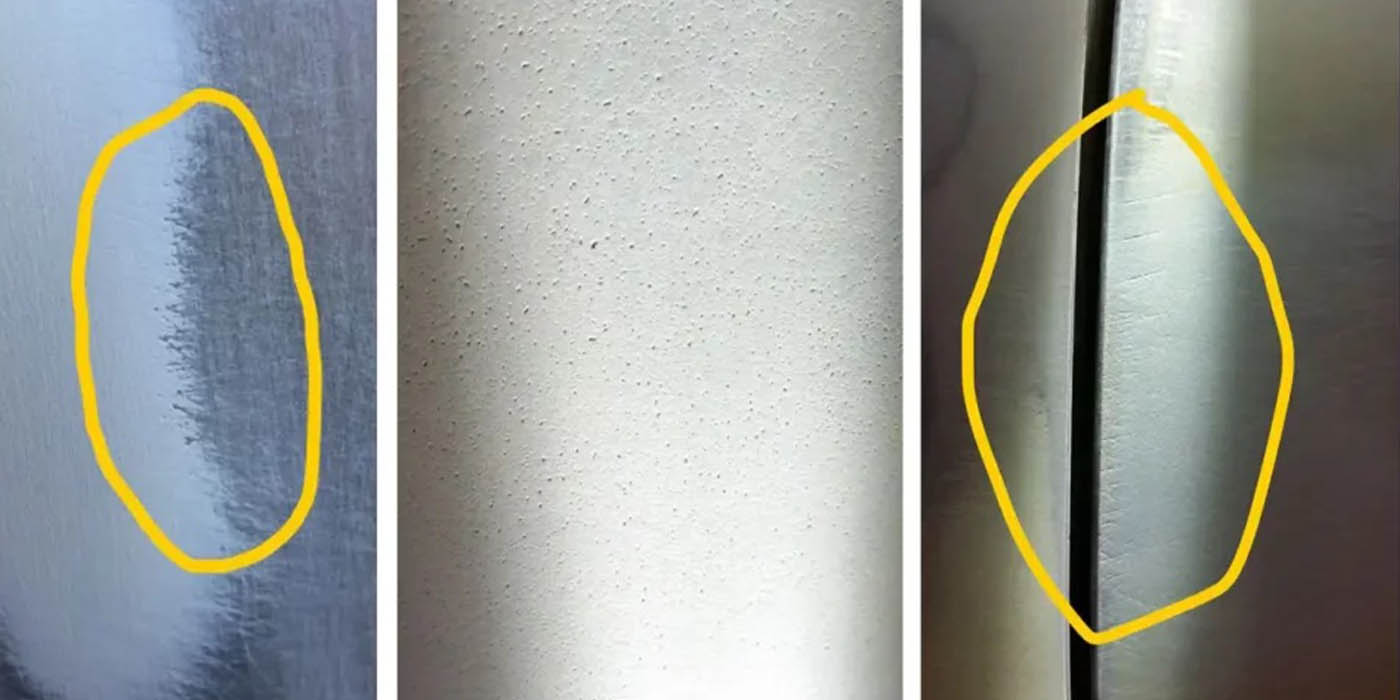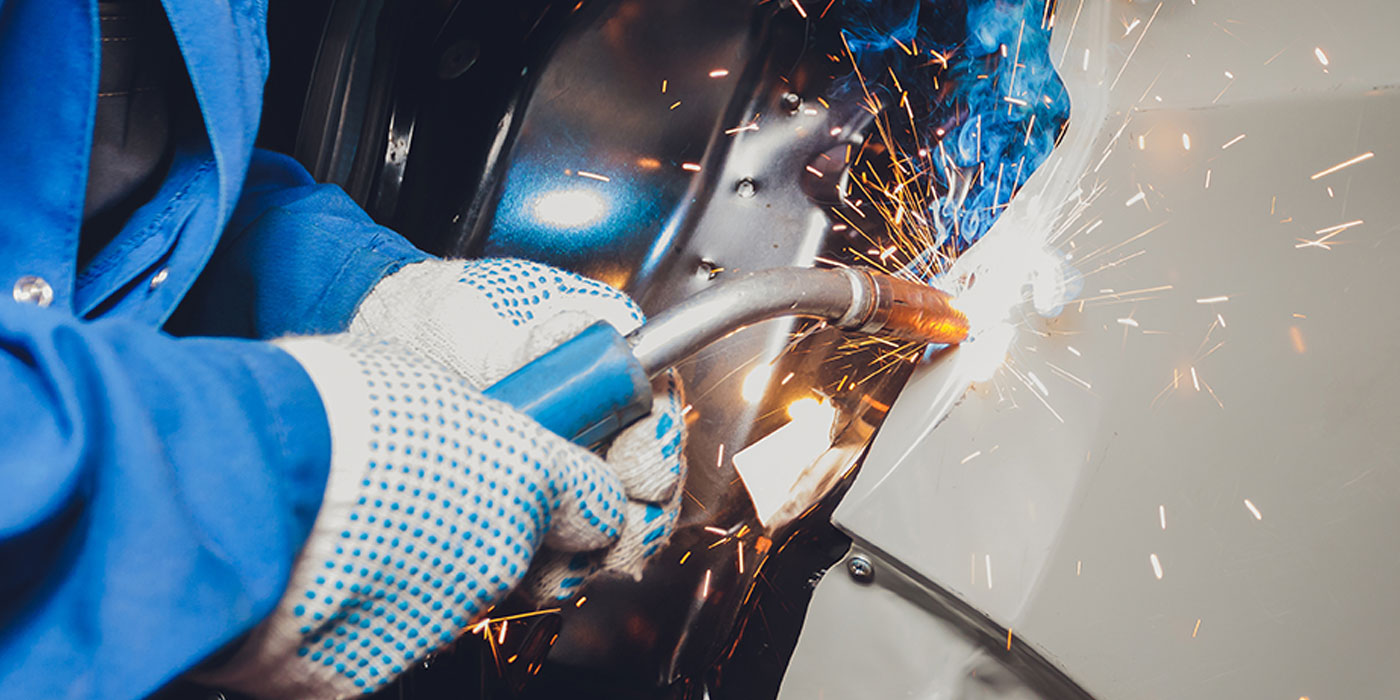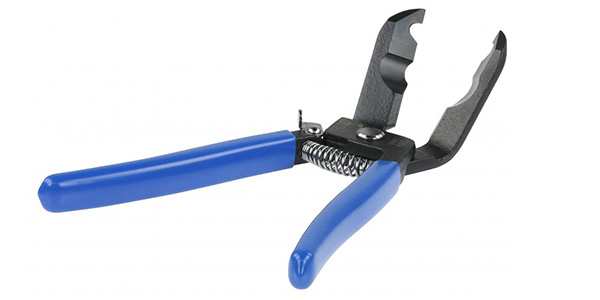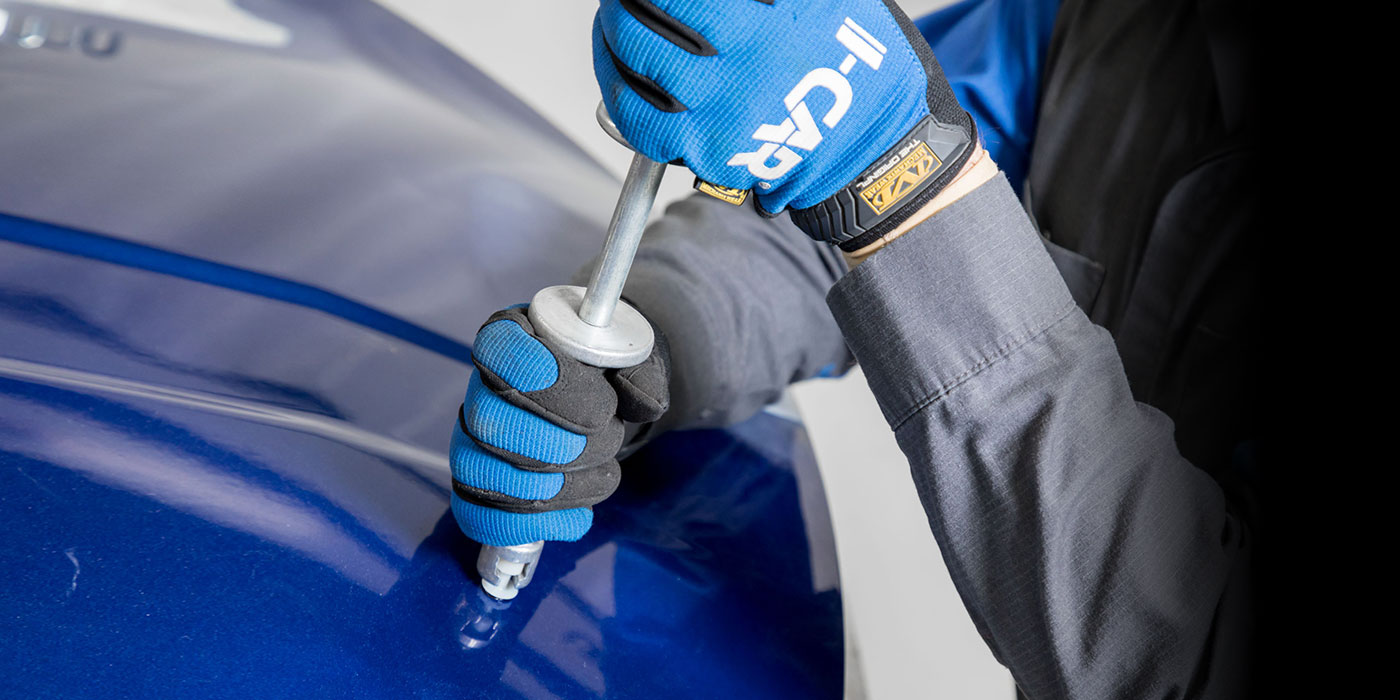The world of auto body repair has become a culture of constant change. Advancements in metals and plastics, as well as glass and other construction materials used in automotive manufacturing, have accelerated at a blistering pace compared to just a few years ago. Over time, plastic has become such a large percentage of a vehicle’s makeup that plastic repair has become a mainstay in the collision industry. The industry has new equipment and better tools to complete strong and durable repairs. Backed by training from several vendors, the repair industry has been given tools to reduce repair costs and keep vehicles moving through shops.
With the influx of ADAS components and sensors, shops are reluctant to do repairs where the repair can still be done. Some of this is based on sensors and the location of radar. According to OE positions and statements, repairs in some areas are not feasible. Following OE procedures must become part of our culture. In many cases, with a little research, you’ll find that there are still many opportunities to repair plastic bumpers.
Frustration
In my travels, I’ve noted another reason shops have reduced the number of plastic bumper repairs they do: frustration. For a shop to want to do a procedure or invest in equipment, there needs to be an incentive. You may agree or disagree with this; I know it’s taboo to talk about. But plastic repair is a process just like any other labor process. In many cases, it can almost be an art. There is time needed to do the job correctly. If a shop or technician has no incentive to take the time to do that repair, they won’t. They will write to replace and push to get the car out the door to keep their CSI score high and length of rental down. Or worse, shops or technicians will start taking shortcuts and use warranties to justify not doing the repairs. The shop may wait a few days for the part, but that’s OK versus losing time on other vehicles trying to do plastic repair.
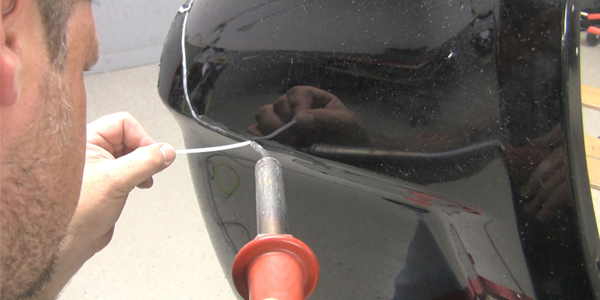
Reducing the labor time affects the repair industry and repairers’ willingness to put in the effort on labor repairs. Given the technician shortage, you do not want to waste time on jobs that don’t pay. Most technicians will occasionally take some time for the team, but when it becomes the norm, it will become a problem. I’m now starting to see the same pattern occurring in aluminum repair processes as well.
It’s also not just about time. Shops are being forced into buying more expensive equipment to keep up with OE requirements. Seeing a return on investment seems to be taking longer, which adds to everyone’s frustration. In my 38 years in this industry, I’ve never seen such a high stress level than I see now.
I know there is a cost analysis involved in the repair vs. replace decision. In some cases, either the cost of the part or the availability of the part makes owning this stellar equipment advantageous. If the cost does not justify the repair, we just write to replace. This is where I’ve been amazed at the headlight repairs being done in shops. I’ve seen some serious art being done by technicians on complex shapes. Because the headlight is so expensive, people are willing to write for the time and give a technician an incentive to want to do the labor. This becomes a win-win for everyone.
A Little Relief
If there is a value and need for plastic repairs on vehicles, training on correct procedures and products can benefit a shop as well as ease frustration. Over the years, several plastic repair equipment manufacturers have stepped up to become the kings of training and lend their support to the entire industry. They have shown huge dedication to advancing the repair industry and have also pushed their companies to include training on all their products. Although these companies are competitors, they all share the common vision of fulfilling the need for training in shops.
No matter which plastic repair process you use, whether it’s adhesive repair or nitrogen welding, knowing all the products at your disposal and which will work best for your repair needs is a fundamental – and one that I forgot apparently. I was doing some training recently and used some of the new rods available for the nitrogen welding process. Apparently, these rods have been out in the market for a while. I found this out after asking the shop where they got these great welding strips and hearing that they’ve been available for years. Therein was the lesson: what comes shipped with your machine does not represent everything that is out there. Research all the products out there to make the repair as easy as possible.
Lessons I’ve Learned
Cutting corners or skipping steps during any repair process will eventually come back to haunt you. If a technician has not been given proper training on how to do a job, it’s not their fault. Asking someone to do a task but giving no instruction will inevitably create a major headache down the road. Willingly skipping or being told to skip steps is another matter altogether. Successful plastic repairs happen every day. Many plastic repairs fail due to not knowing or following the proper steps to repair a bumper cover.
Trying walking through a shop some time and observing repairs being done to see if all steps are being followed. Let’s use an example. One of the biggest reasons for plastic repair failures is contamination of the bumper. One of the first procedures that must be done is removing the cover. Wash the cover with soap and water, front and back. Now dry. Wipe with the recommended cleaner from the product you’re using. So, how contaminated can it be? You clean it because you’re going to be touching, sanding and handling the damaged part a great deal. Contamination can come from anywhere. Your hands and tools will be transferring contaminants from one place to another. Here’s a question: how many bug’s butts are layered into that cover and splattered across it? Interesting thought, no? What is the most common procedure omitted in plastic repair? Proper cleaning.
What I’m trying to point out is no matter how trivial you may think a step is, it was put in for a reason. Skipping that step could cost more than you think. Plastic repairs are a viable repair and will remain so into the future. Researching where and why a repair can be done or not will take a little more time, but that time can be worth it for a shop and technician. Training is the key not just for the technician but for an estimator too. It’s hard to negotiate repair time when you don’t have the training to know all the proper procedures involved in that repair. The savings in repair vs. replacement and speed of the completed repair may be worth it. Don’t be so quick to write replace.
–
Courtesy of BodyShop Business.
Mitch Becker has been a collision industry trainer for 30 years. He can be reached at (612) 865-6229 or [email protected].

